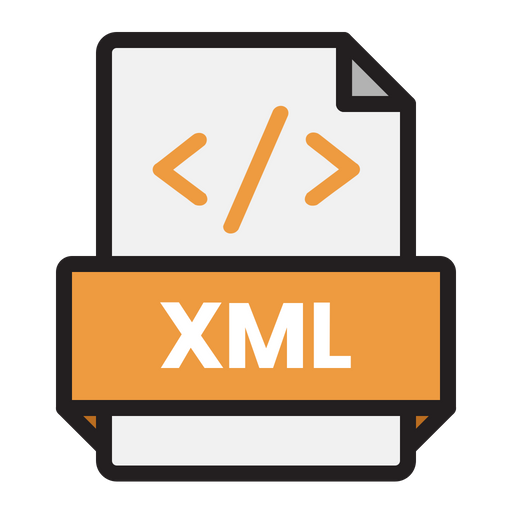I’m not using YAML a lot. If I need an easy-to-read configuration file, I’m using TECL, but usually XML serves me fine. It is a one-stop-shop for a lot of stuff; anything not code usually can be done nicely with XML. And its verbosity is not really a problem with the current bandwidths, unless you need to send a lot of data. And it is easy enough to read for a human.
But I do hear a lot of wining about YAML; “I’ve been searching for ages trying to find an indent typo“, especially from the Kubernetes community where the YAML files can get large quickly.
Now. Let me be very clear: using indentation as a meaningful value is not a good idea. No really, it is not. It’s too fragile. I know it reads nicely, and that is exactly what it is for, so we humans can more clearly see the blocks. But those blocks better be defined discretely, so the indentation can be derived. And don’t even get me started on those cryptic !! |- > | meta instructions! Reminds of the the days that there were competitions to make as unreadable compact C programs as possible, because the idea was that less code was easier to maintain. Which is correct… Up to a point.
And the “up to a point” applies to YAML as well. Readability and stability is a balance between being concise and verbose. YAML in it’s basic usage, a small file without meta instructions, is nice. But in a larger file, where blocks no longer fit on one screen, it isn’t anymore. There is a threshold in the number of lines after which YAML should not be used anymore. And that aren’t too many.
But unfortunately some projects have chosen to use it, so what can you do?
Well. You can use another format and convert it on the fly. Like… XML!
<?xml version="1.0" encoding="UTF-8"?>
<xml2yaml>
<invoice>34843</invoice>
<date>2001-01-23</date>
<bill-to id="id001">
<given>Chris</given>
<family>Dumars</family>
<address>
<lines>
458 Walkman Dr.
Suite #292
</lines>
<city>Royal Oak</city>
<state>MI</state>
<postal>48046</postal>
</address>
</bill-to>
<ship-to ref="id001"/>
<product>
<_>
<sku>BL394D</sku>
<quantity>4</quantity>
<description>Basketball</description>
<price>450.00</price>
</_>
<_>
<sku>BL4438H</sku>
<quantity>1</quantity>
<description>Super Hoop</description>
<price>2392.00</price>
</_>
</product>
<tax>251.42</tax>
<total>4443.52</total>
<comments replaceNewlines="true">
Late afternoon is best.
Backup contact is Nancy
Billsmer @ 338-4338.
</comments>
<_ key="brilliant idea">Allowing spaces in keys<_>
</xml2yaml>
And pull that either through the command line tool or Maven plugin.
jbang org.tbee.xml2xxx:xml2yaml-application:1.2.1 kubernetes.xml
<plugin>
<groupId>org.tbee.xml2xxx</groupId>
<artifactId>xml2yaml-maven-plugin</artifactId>
<configuration>
<inputFile>src/main/resources/example.xml</inputFile>
</configuration>
<executions>
<execution>
<goals>
<goal>convert</goal>
</goals>
</execution>
</executions>
</plugin>
And TADAAAA… Nicely formatted and correctly indented.
invoice: 34843
date: 2001-01-23
bill-to: &id001
given: Chris
family: Dumars
address:
lines: |
458 Walkman Dr.
Suite #292
city: Royal Oak
state: MI
postal: 48046
ship-to: *id001
product:
- sku: BL394D
quantity: 4
description: Basketball
price: 450.00
- sku: BL4438H
quantity: 1
description: Super Hoop
price: 2392.00
tax: 251.42
total: 4443.52
comments: >
Late afternoon is best.
Backup contact is Nancy
Billsmer @ 338-4338.
brilliant idea: Allowing spaces in keys
Amazing what lockdowns due to Covid can result in. 😀 But one thing is certain: “replaceNewlines” is a lot more readable than “>”…
Or was it “|”?
Or “!!”?
Sigh…
Anyhow, XML2YAML; it works, it’s open source, it’s on Maven central. Use it. Or not.

